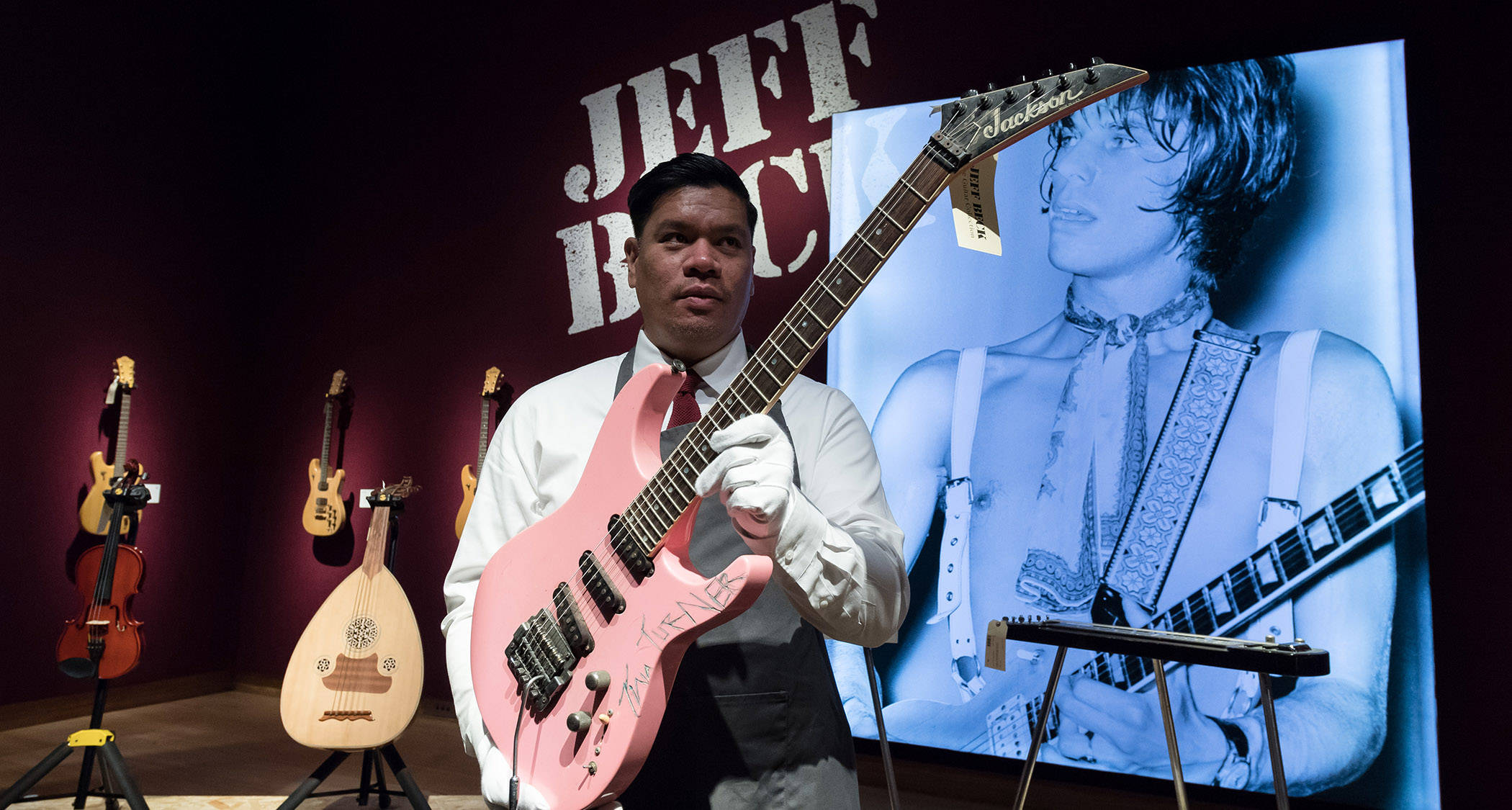“People might think, ‘Oh, that's so easy. There's nothing happening. It's only three chords.’ But it's not – it's as exciting as you make it”: Blues veteran Sue Foley on why turnarounds are essential to any great blues solo
Foley names T-Bone Walker, Freddie King and Eddie Taylor as turnaround masters and demonstrates a number of key approaches that blues guitarists should add to their toolkit

Veteran guitarist Sue Foley knows a thing or two about blues, having cut her teeth in the genre with 15 albums under her belt and countless miles racked up touring across the globe.
Wielding a pink paisley Fender Telecaster – her workhorse guitar – Foley discusses the subtle art of the blues turnaround and why it should be an integral part of every blues guitarist's toolkit.
“When we're playing, especially single-note lead playing on electric, sometimes people forget that there should be a turnaround there, and that's what sort of ties your sound together,” Foley tells Guitar World.
“That's going to make it sound like a blues song, rather than just, you know, continuing to riff on a single note, especially minor pentatonic run stuff.”
She goes on to say there's a difference between using pentatonic scales wisely and sounding downright “scaley” – as she laid out in a previous GW lesson.
“You don't want to sound scaley. You want to sound like a blues player,” she quips.
To start off, Foley demonstrates two basic turnarounds in the key of E (which you can watch in the video below). “It's basically always just walking up an E7 chord or backwards. And that's the other great thing about turnarounds: you can [also] go backwards,” she explains.
All the latest guitar news, interviews, lessons, reviews, deals and more, direct to your inbox!
Another key piece of advice? “Learn a lot of turnarounds. Vary your turnarounds in a song, or pick a song and do one turnaround for the whole song,” she asserts.
She cites T-Bone Walker, Freddie King, and Eddie Taylor as good references for turnaround mastery and to observe how they used them to mark the beginning of songs.
After all, as she puts it, turnarounds can be “simple and easy to learn”. The challenge is to apply them and learn each one in “every key and every pattern,” as they can also be cleverly used to add extra sparkle to a song.
“They can be used to add tension between the I and the IV to go from chord to chord. You can throw turnarounds in the middle of your solo.”
She concludes, “A lot of times we don't know what we're going to do in a solo or how to make even a simple blues progression [exciting], which people might think, ‘Oh, that's so easy. There's nothing happening. It's only three chords. It's only boring.’ But it's not – it's as exciting as you make it. And, really, finding the excitement within it is the whole fun of blues.”
Earlier this year, Foley released One Guitar Woman – a collection of originals and tunes by Memphis Minnie, Sister Rosetta Tharpe, Maybelle Carter, Lydia Mendoza, and Elizabeth Cotten.
Janelle is a staff writer at GuitarWorld.com. After a long stint in classical music, Janelle discovered the joys of playing guitar in dingy venues at the age of 13 and has never looked back. Janelle has written extensively about the intersection of music and technology, and how this is shaping the future of the music industry. She also had the pleasure of interviewing Dream Wife, K.Flay, Yīn Yīn, and Black Honey, among others. When she's not writing, you'll find her creating layers of delicious audio lasagna with her art-rock/psych-punk band ĠENN.

